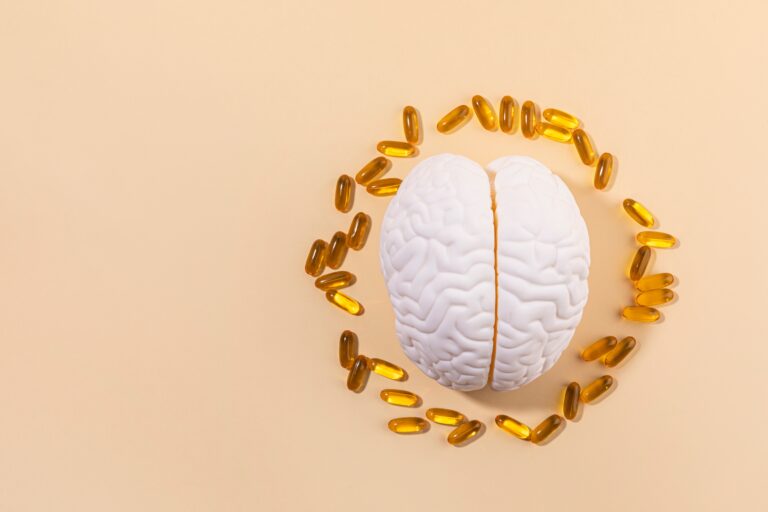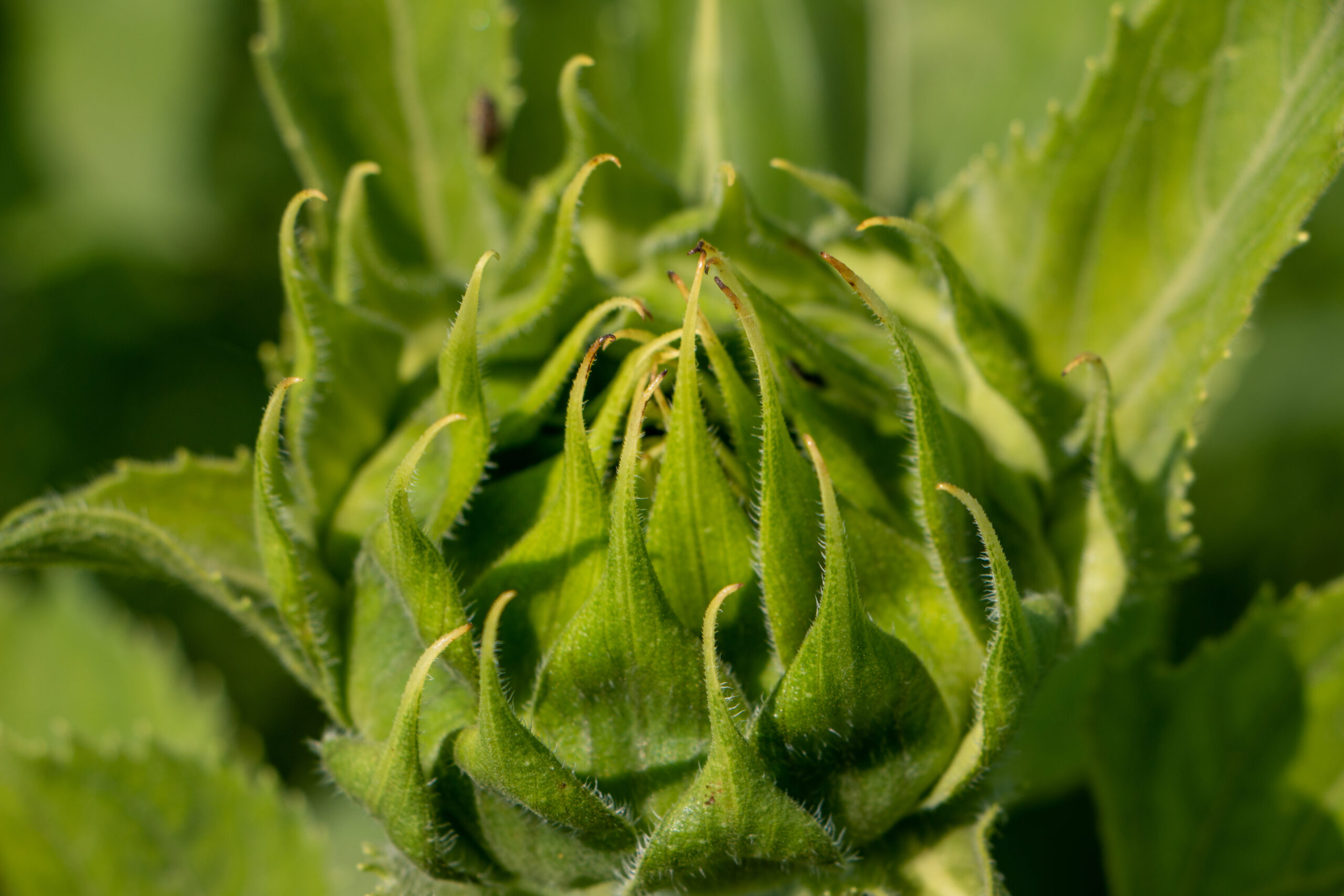Musculoskeletal Support for Pets
Musculoskeletal Support for Pets
Musculoskeletal System: Structure and Function
The bones, cartilage, muscles, tendons, and ligaments of the musculoskeletal system serve a fundamental purpose: move the body. The musculoskeletal system also provides general support to other body systems, as many systems in an animal’s body rely on the actions of muscles, from chewing and swallowing to breathing and seeing. A healthy musculoskeletal system also provides stability, strength, cushioning, and flexibility for the entire body as well as secretes important signaling compounds.
| Component | Function |
| Bones | Provide structural support, protect internal organs, and stores calcium |
| Muscles (Skeletal and smooth) | Responsible for movement and stability for joints (skeletal); digestion, cardiovascular and respiratory system support (smooth) |
| Cartilage (connective tissue) | Protects joints and bones, absorbs shocks, and reduces friction in joint |
| Ligaments and Tendons | Critical for joint and limb stability; ligaments connect cartilage or bones at a joint while tendons attach muscle to bone |
Issues in the Musculoskeletal System
Musculoskeletal issues can arise from one or more tissues across the system and have causes related to injury, surgery, overwork, congenital origins, metabolic conditions, nutritional deficiencies, or advanced age. Many musculoskeletal issues are characterized by low-grade inflammation, which can lead to progressive loss of function and structure of the joint.1 Most issues involve compromise of one or more tissues, though congenital issues in particular usually show up as impaired structural integrity which can lead to inflammation, breakdown, and discomfort. Common musculoskeletal conditions in dogs and cats include osteoarthritis, developmental orthopedic disease, fractures, hip dysplasia, and intervertebral disc disease.
Musculoskeletal System Support
Proactive support of the musculoskeletal system is vitally important, including intervening before signs of discomfort or inflammation occur. Strategies for musculoskeletal system support include weight management, diet evaluation, stress management, and nutritional support. Maintaining a healthy weight, and evaluating the diet to achieve this goal, can help reduce joint stress and inflammation, protecting them from excessive wear and tear. Nutritional support is an effective way to support the musculoskeletal system. A healthy diet and nutritional supplements can provide essential building blocks for the body to repair tissue, support resolution of inflammation, improve circulation to tissues, provide nutrients for the immune response, and support endocrine health.
Anti-inflammatory nutrients and herbs
Omega-3 fatty acids support healthy inflammation and provide many benefits to the musculoskeletal system including allowing for reduction of other pain management medications because of their powerful inflammation-resolving properties.2 In cats, providing EPA and DHA, two essential fatty acids, resulted in improvements to several measures perceived by the owner including activity levels, less stiffness, more interaction, and higher jumps (1.53 g EPA and 0.31 g DHA per 1000 kcal metabolizable energy).3 Similarly, dogs fed a diet enriched with omega-3 fatty acids demonstrated improvements in the ability to rise and walk, overall arthritic condition, and decreased use of medications.2 Omega-3 fatty acids are also abundant in green-lipped mussels, and studies in both dogs and cats found improvements in mobility, movement, and musculoskeletal scores along with a reduction in pain and swelling when green-lipped mussels were added to the diet.2,4
Herbs can also help support healthy inflammation in joints, enhancing musculoskeletal health. Boswellia serrata (Indian frankincense) has been used traditionally to support a healthy inflammation response, maintain and support healthy joints, and also provide antioxidant activity to the body.5 Mechanistically, Boswellia is able to inhibit the synthesis of leukotrienes, chemicals that promote inflammation.5,6 Curcumin is an anti-inflammatory phytonutrient found in the herb turmeric.5 It reduces expression of pro-inflammatory genes, including COX2 and TNF-α, and also functions as an antioxidant.2,7 Finally, ginger possesses many constituents with health-promoting properties including supporting a healthy immune system, anti-inflammatory properties, and can reduce muscle pain after intense physical activity.8 It may also be useful in osteoarthritis in humans due to its strong anti-inflammatory and antioxidant effects.8
Endocannabinoid system support
The endocannabinoid system (ECS) is an important target for nutritional support. Under healthy conditions, the ECS supports stress management, the immune system, and the inflammatory response.9 Conversely, during imbalance, stress can lead to systemic challenges and inflammation, resulting in imbalance. Hemp oil promotes systemic balance and supports the ECS system through the presence of phytocannabinoids, terpenoids, antioxidants, and other phytonutrients. The phytocannabinoids from hemp oil support healthy inflammation resolution while the polyunsaturated fatty acids serve as precursors to other important endocannabinoids.9
Other compounds for musculoskeletal health support for pets
Glucosamine and chondroitin are popular supplements for joint health in both humans and pets.1,2 Glucosamine is a precursor to glycosaminoglycan, the building block of proteoglycans which are part of cartilage. Chondroitin sulfate is also a component of cartilage as well as tendons and bones.1 Mechanistically, glucosamine and chondroitin prevent cartilage degradation and reduce symptoms of osteoarthritis in dogs.1 They are generally well-tolerated over a long period, although it may take longer for positive clinical effects to appear compared to medications.1,2
Calcium provides nutritional support for both bones and muscles in the musculoskeletal system. It is essential for building and maintaining healthy bones and is also primarily stored in bone tissue, acting as a reservoir for the body.10 Calcium is also important for muscle contraction at the cellular level.10 However, too much calcium can have adverse effects including kidney issues and rapid growth in large dog breeds.11
Finally, dietary antioxidants can support musculoskeletal health in cats and dogs. Manganese is a critical component of the enzyme manganese superoxide dismutase (MnSOD), a member of the antioxidant superfamily that protects cells. MnSOD is one of the most important antioxidant enzymes in the body, protecting cells from free radicals that can cause damage, and resolving inflammation.12,13 When used in combination with glucosamine and chondroitin, manganese may reduce osteoarthritis pain and support joint health via reduced inflammation.14,15
Nutrients and herbs can support bone, muscle, and joint health by promoting healthy inflammation, directly modulating joint health, and working as antioxidants to reduce free radical damage. Together with other support strategies, nutritional interventions can greatly enhance the health and wellbeing of animals. Check with a veterinary professional to ensure correct dosing and safety of dietary supplements, herbal products, and enriched diets in both cats and dogs.
- McCarthy, G., O’Donovan, J., Jones, B., McAllister, H., Seed, M., Mooney, C. (2007). Randomised double-blind, positive-controlled trial to assess the efficacy of glucosamine/chondroitin sulfate for the treatment of dogs with osteoarthritis. Vet J, 174(1):54.
- Comblain, F., Serisier, S., Barthelemy, N., Balligand, M., Henrotin, Y. (2015). Review of dietary supplements for the management of osteoarthritis in dogs in studies from 2004 to 2014. J Vet Pharmacol Therap, 39:1.
- Corbee, R.J., Barnier, M.M.C., van de Lest, H.A., Hazewinkel, H.A.W. (2013). The effect of dietary long-chain omega-3 fatty acid supplementation on owner’s perception of behaviour and locomotion in cats with naturally occurring osteoarthritis. J Anim Physiol Anim Nutr, 97:846.
- Eason, C.T., Adams, S.L., Puddick, J., Romanazzi, D., Miller, M.R., King, N., Johns, S., Forbes-Blom, E., Hessian, P.A., Stamp, L.K., Packer, M.A. (2018). Greenshell™ Mussels: A Review of Veterinary Trials and Future Research Directions. Vet Sci, 5:36.
- Sethi, V., Garg, M., Herve, M., Mobasheri, A. (2022). Potential complementary and/or synergistic effects of curcumin and boswellic acids for management of osteoarthritis. Ther Adv Musculoskelet Dis, 14:1759720X221124545.
- Ammon, H.P., Mack, T., Singh, G.B., Safayhi, H. (1991). Inhibition of leukotriene B4 formation in rat peritoneal neutrophils by an ethanolic extract of the gum resin exudate of Boswellia serrata. Planta Med, 57(3):203.
- Boyanapalli, S.S.S., Huang, Y., Su, Z., Cheng, D., Zhang, C., Guo, Y., Rao, R., Androulakis, I.P., Kong, A.-N. (2018). Pharmacokinetics and Pharmacodynamics of Curcumin in regulating anti-inflammatory and epigenetic gene expression. Biopharm Drug Dispos, 39(6):289.
- Mashhadi, N.S., Ghiasvand, R., Askari, G., Hariri, M., Darvishi, L. Mofid, M.R. (2013). Anti-Oxidative and Anti-Inflammatory Effects of Ginger in Health and Physical Activity: Review of Current Evidence. Int J Prev Med, 4(Suppl 1):S36.
- Fallahi, S., Bobak, Ł., Opaliński, S. (2022). Hemp in Animal Diets- Cannabidiol. Animals, 12:2541.
- Yu E, Sharma S. Physiology, Calcium. [Updated 2022 Aug 22]. In: StatPearls [Internet]. Treasure Island (FL): StatPearls Publishing; 2022 Jan. Available from: https://www.ncbi.nlm.nih.gov/books/NBK482128/.
- Schoenmakers, I., Hazewinkel, H.A.W., van den Brom, W.E. (1999). Excessive Ca and P Intake during Early Maturation in Dogs Alters Ca and P Balance without Long-Term Effects after Dietary Normalization. J Nutr, 129(5):1068.
- Yasui, K., Baba, A. (2006). Therapeutic potential of superoxide dismutase (SOD) for resolution of inflammation. Inflamm Res, 55(9):359.
- Holley, A.K., Bakthavatchalu, V., Velez-Roman, J.M., St. Clair, D.K. (2011). Manganese superoxide dismutase: guarding of the powerhouse. Int J Mol Sci, 12(10):7114.
- Leffler, C.T., Philippi, A.F., Leffler, S.G., Mosure, J.C., Kim, P.D. (1999). Glucosamine, chondroitin, and manganese ascorbate for degenerative joint disease of the knee or low back: a randomized, double-blind, placebo-controlled pilot study. Mil Med, 164(2):85.
- Das, A., Hammad, T.A. (2000). Efficacy of a combination of FCHG49 glucosamine hydrochloride, TRH122 low molecular weight sodium chondroitin sulfate and manganese ascorbate in the management of knee osteoarthritis. Osteoarthritis Cartilage, 8(5):343.







